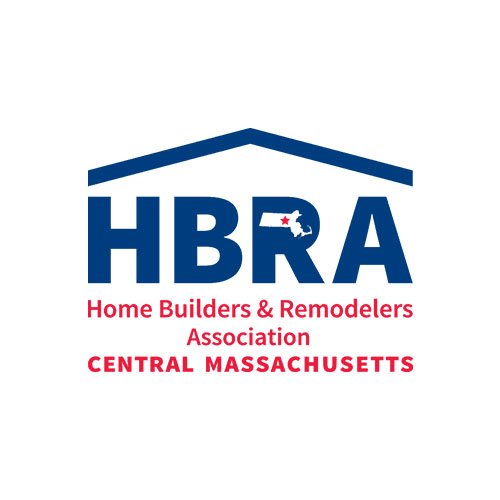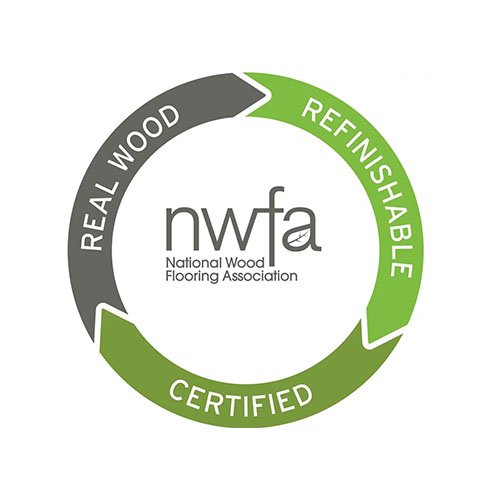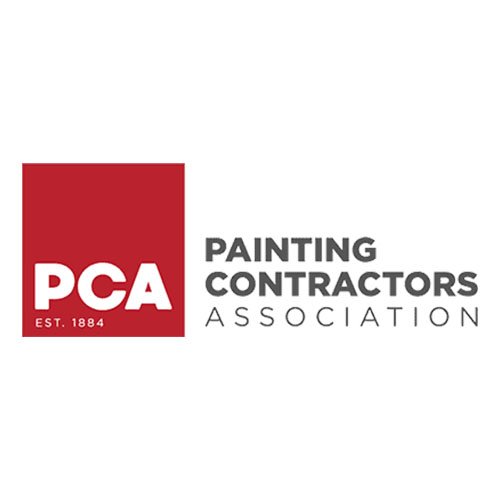If you’ve invested in the beauty of painted cabinets, you understand the desire to keep them looking pristine for as long as possible. Whether you’re a homeowner, renter, parent, or painter, knowing how to protect painted cabinets is essential for preserving their appearance and functionality over time. As a professional painter specializing in cabinet painting, I’ll share 10 proven techniques to help you safeguard your painted cabinets against wear and tear, ensuring they remain a focal point of your space for years to come.
1. Understand How to Protect Painted Cabinets
When it comes to how to protect painted cabinets , protection is key to maintaining their beauty and longevity. Without proper safeguards in place, cabinets are susceptible to scratches, stains, and other forms of damage that can detract from their appearance. By taking proactive measures to protect your cabinets, you can extend their lifespan and keep them looking like new for years to come.
2. Preparing Your Cabinets for Protection
Before applying any protective coatings or measures, it’s important to properly prepare your cabinets to ensure optimal results. Start by thoroughly cleaning and prepping the surfaces to remove any dirt, grease, or other debris that could interfere with adhesion. Repair any damage or imperfections in the paint, such as chips or cracks, to create a smooth and uniform surface for the protective coatings.
3. How to apply top coat to cabinets?: Applying High-Quality Top Coats
Do cabinets need a top coat? One of the most effective ways to protect painted cabinets is by applying a high-quality top coat. Top coats act as a barrier between the painted surface and potential damage, providing an extra layer of protection against scratches, stains, and UV rays. When choosing a top coat for your cabinets, opt for a durable, long-lasting formula that is specifically designed for use on painted surfaces.
4. Utilizing Protective Films and Covers
In addition to top coats, protective films and covers can provide an extra layer of defense against wear and tear. These transparent films adhere directly to the surface of the cabinets, forming a protective barrier that helps prevent scratches, scuffs, and other damage. Consider using protective films in high-traffic areas or where cabinets are particularly prone to damage, such as around the sink or stove.
5. Installing Soft-Close Mechanisms
Another way to protect painted cabinets is by installing soft-close mechanisms on doors and drawers. These mechanisms gently slow down the closing action, reducing the risk of slamming and minimizing wear and tear on the cabinet surfaces. Not only do soft-close mechanisms help protect your cabinets, but they also add a touch of luxury and convenience to your space.
6. Implementing Childproofing Measures
If you have young children or pets in your home, childproofing your cabinets is essential for both safety and preservation. Install locks, latches, or other childproofing devices to prevent little hands (or paws) from accessing the contents of your cabinets. Additionally, consider using soft-close mechanisms to prevent fingers from getting pinched and protect the cabinet doors from excessive slamming.
7. Avoiding Harsh Cleaning Products
When it comes to cleaning painted cabinets, it’s important to use gentle, non-abrasive products that won’t damage the paint or finish. Avoid harsh chemicals, abrasive sponges, and scouring pads, as these can strip away the protective coating and leave your cabinets vulnerable to damage. Instead, opt for mild soap and water or a specialized cabinet cleaner to keep your cabinets looking their best.
8. Regular Maintenance and Inspection
To ensure the ongoing protection of your painted cabinets, it’s important to establish a regular maintenance routine. Inspect your cabinets periodically for signs of damage or wear, such as scratches, chips, or fading. Address any issues promptly to prevent further damage and extend the lifespan of your cabinets.
9. Addressing Environmental Factors
Environmental factors, such as sunlight, moisture, and temperature changes, can also affect the condition of painted cabinets. Minimize exposure to these elements by keeping curtains or blinds closed during peak sunlight hours, using exhaust fans to reduce moisture buildup in the kitchen, and maintaining a consistent indoor temperature. Additionally, consider using protective coatings or finishes that are specifically designed to withstand environmental stressors.
10. Seeking Professional Advice and Services
If you’re unsure how to properly protect your painted cabinets or if you’ve encountered significant damage that requires professional attention, don’t hesitate to seek advice from a professional painter or cabinet specialist. These experts can provide personalized recommendations and services to help you protect and maintain your cabinets for years to come.
Safeguard Your Style, Preserve Your Cabinets: Your Guide to Lasting Beauty
Learning how to protect painted cabinets is essential for preserving their beauty and functionality over time. By following these 10 proven techniques, homeowners, renters, parents, and painters alike can ensure their cabinets remain in pristine condition for years to come. Remember, investing in protection now will save you time, money, and headaches down the line.
If you’re looking for reliable cabinet painting services that will give you a professional-looking finish and more durable cabinets that will last for years, look no further than Ulta Home. Proudly serving homeowners in Newton, Wellesley, Natick, Brookline, and the greater Boston & Metro West Region, we are a dedicated team of professionals who know how to care for your property as if it were our own. Contact us at 978-481-4119 for a free estimate.








